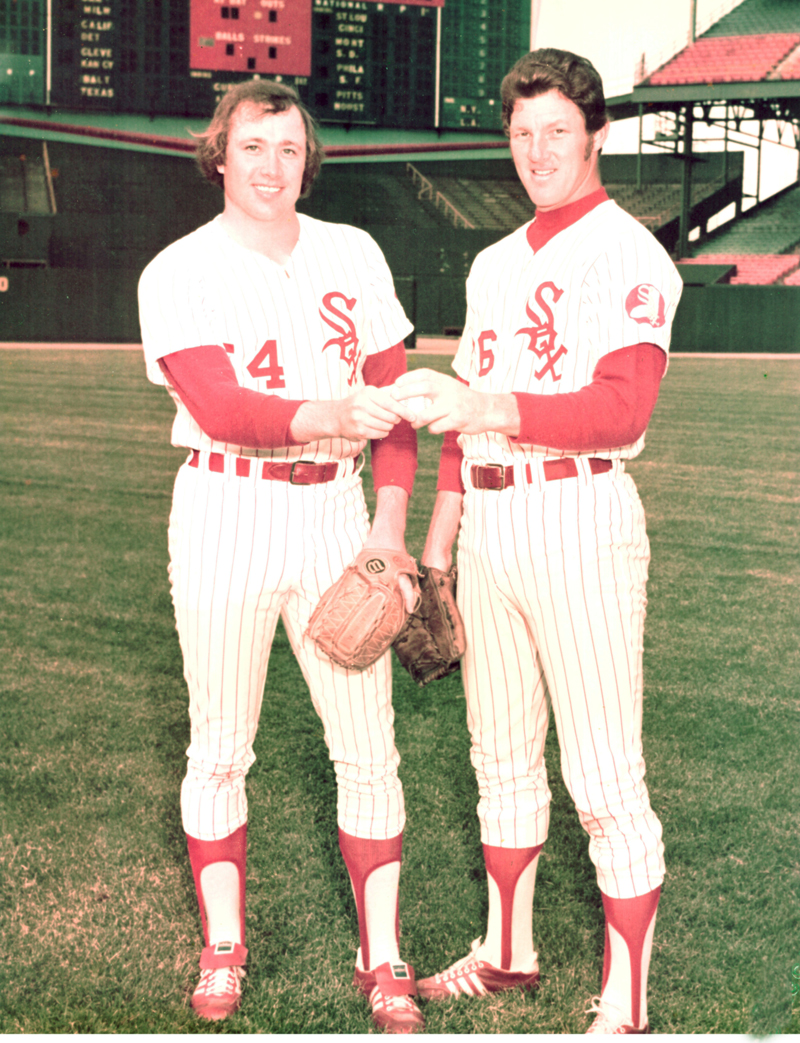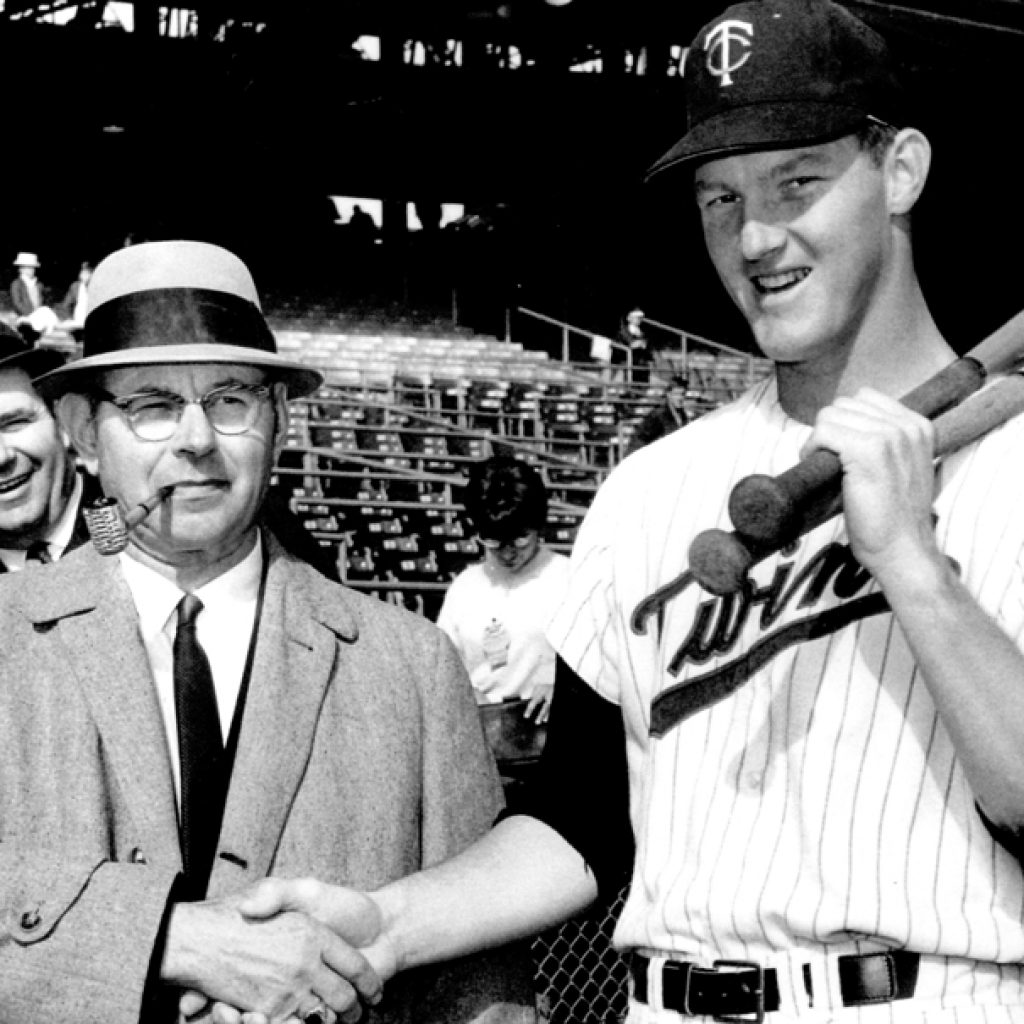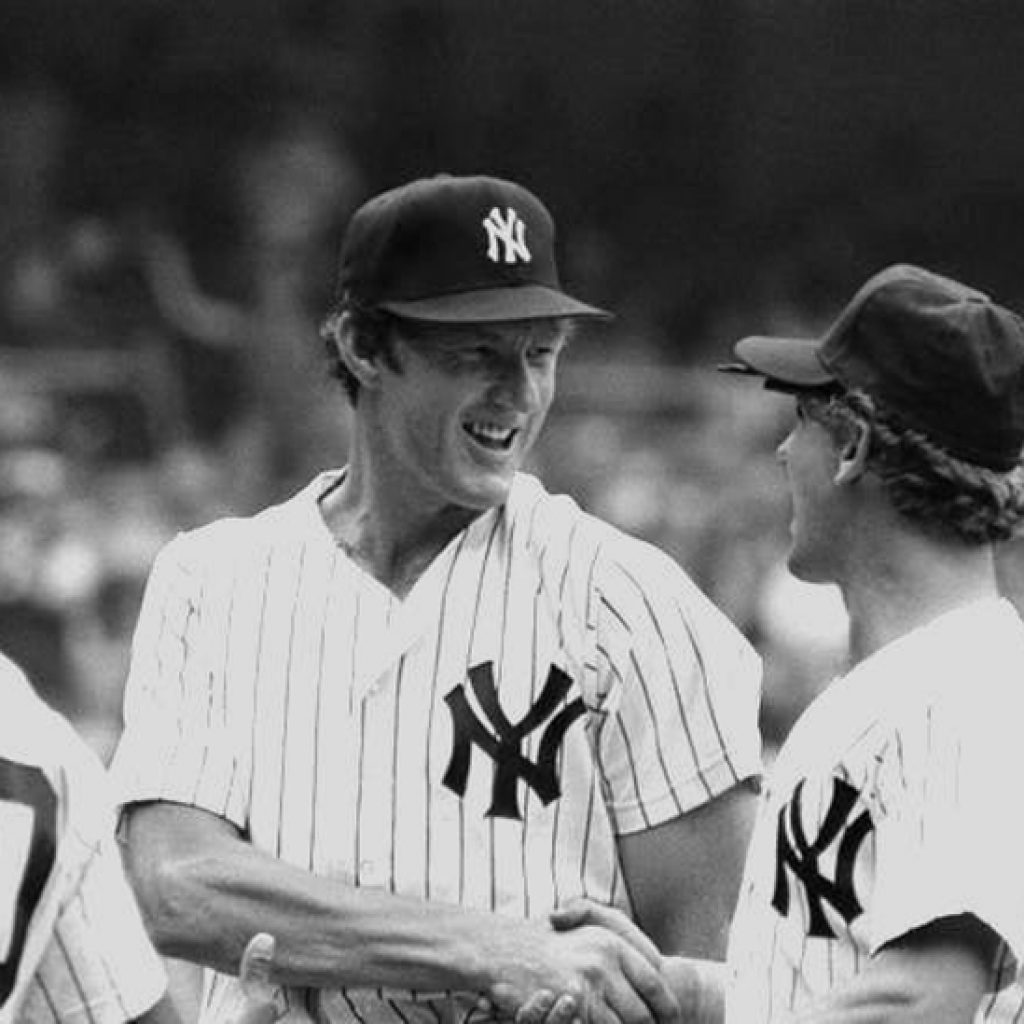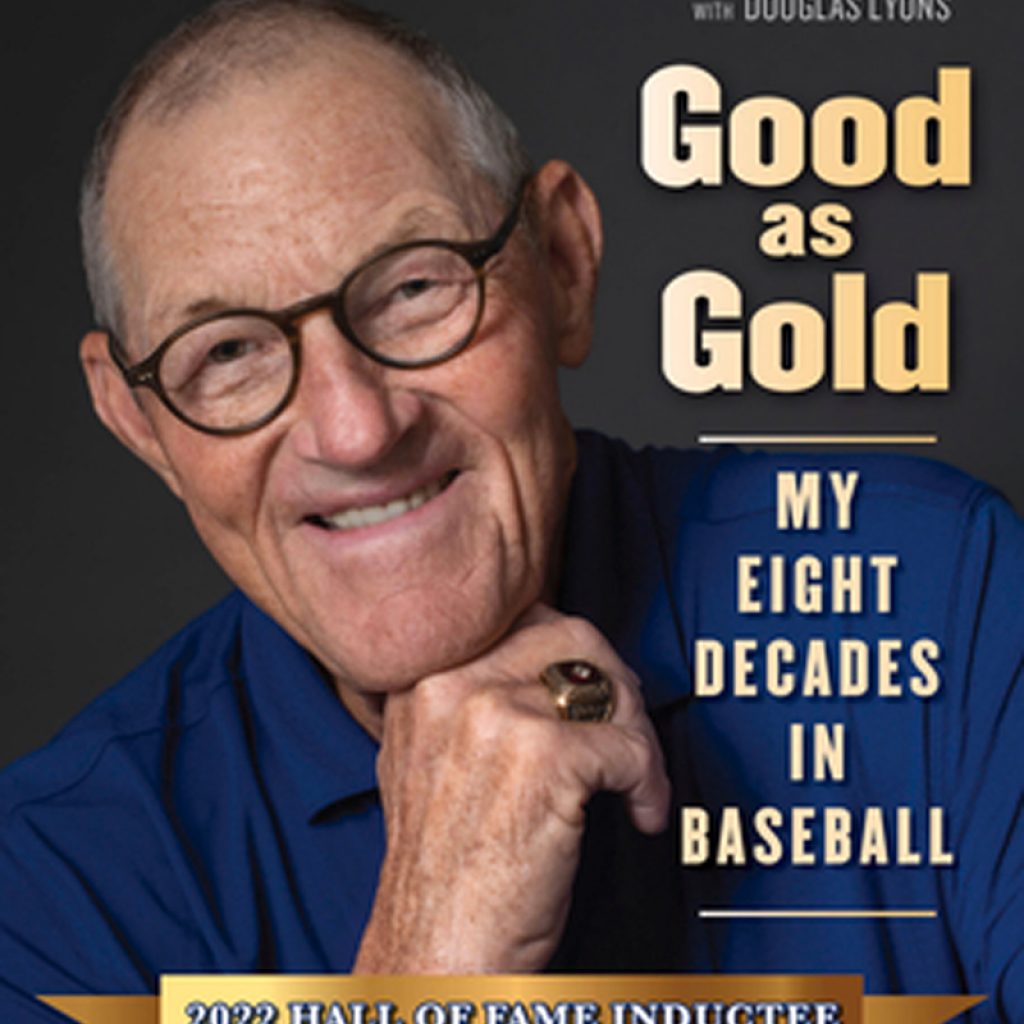A compelling Q&A with the legendary baseball player, coach, and EMMY Award-Winning sportscaster, Jim Kaat
Jim Kaat is a consummate sportsman in every sense. Over the course of his long and storied career as a professional baseball pitcher, he was awarded a record-breaking 16 consecutive Golden Gloves from 1962 to 1967. He also won the World Series pennant with the St. Louis Cardinals in 1982. In the years that followed his retirement from professional baseball, Kaat served as a coach for the Cincinnati Reds for two seasons in 1984 and 1985. He then cemented his status as a longstanding household name by working as a nationally-syndicated sportscaster for several decades. Although Kaat has reached the highest levels of athletic success, he has always maintained a strong work ethic and a grounded sense of humility and gratitude. By staying true to his honest and hard-working values, Kaat was able to build deep and lasting relationships with his teammates, coaches, and fellow broadcasters. He also earned a reputation as one of the most knowledgeable and respected figures in baseball.

Jim Kaat on the field while playing for the Philadelphia Phillies

Kaat’s significant contributions to the sport were recently recognized by the National Baseball Hall of Fame. He is slated to be inducted alongside his good friend and former Minnesota Twins teammate, Tony Oliva, at a ceremony in Cooperstown, NY in July 2022. In the months leading up to the ceremony, Kaat sat down with Manchester Life to discuss his upcoming induction into the National Baseball Hall of Fame, his new book, Jim Kaat: Good as Gold: My Eight Decades in Baseball, his thoughts on the game, and his connection to Southern Vermont. Kaat is a resident of Manchester, and his passionate sportsmanship and undying dedication to the betterment of baseball’s future is manifested in his participation in local events in Vermont. By applying the same golden touch that defined his athletic career towards his community outreach efforts in the Green Mountain State, Kaat has provided inspiration for the next generation of aspiring athletes. His days out on the field might be behind him, but Kaat is still stepping up to the plate where it matters most.

Q: Thank you so much for joining us for this interview, Jim! Every successful story has an interesting start. We would love to know – what were the early defining moments that shaped the development of your athletic career?
A: It all started with my father, Hans Kaat, who was an avid baseball fan. We played baseball trivia in the living room, and I was raised with baseball history. I took to following the Philadelphia Athletics as much as he did. My dad’s favorite player was Lefty Grove, who was a great left-handed pitcher who played for the Philadelphia Athletics. I also took to following Bobby Shantz, who was another great left-handed pitcher. My father was a very hard-working man, and seeing the way that he worked really motivated me to be the best that I could be when I was starting to play baseball.

Q: While you were attending Hope College, you were approached with several offers from Major League recruiters. You made the decision to forego a more lucrative offer to join the Major Leagues right away, and you chose instead to take a different offer so that you could work on your skills. Why did you decide to hold off on joining the majors?
A: Back when I was recruited in 1957, if you got more than a $4,000 bonus package, you were required to take up a spot on the 25-man active roster in the Major Leagues. They made that rule to discourage the wealthier teams from spending a lot of money and stockpiling talent. At 18, I was not ready to pitch in the major leagues. My father read about “Bonus Babies” (young and inexperienced players recruited to the Major Leagues with large bonuses) through The Sporting News. He followed the stories of several players that got big bonuses, but never found real success in the Major Leagues. When the White Sox offered me $25,000, my dad told me to take the $4,000 that the Washington Senators offered me, because they had room for advancement. I ended up going to the lowest division of the minor leagues and worked my way up. I made it to the majors in two years, but that time in the minor leagues was very helpful to me. My dad really helped me get my career started on the right path.

Q: What advice would you give to young pitchers who are just getting started in terms of how to elevate and improve their game?
A: I tell young pitchers all the time that it’s important to keep an open mind and listen to advice. I was fortunate that one of my early coaches told me, “Kid, if you don’t hurt your arm, you’re going to pitch for a long time.” I said, “Why do you say that?” He said, “Because you’re curious. You’re always asking questions, and you want to know about how this works.” I was always inquisitive, so I felt like it was a nice compliment when my coaches would tell me I was coachable.
Q: Speaking of advice, you also penned an open letter to the Washington Nationals’ star pitcher, Stephen Strasburg, in 2012. In the letter, you told him how important it was to advocate for the ability to pitch in a World Series Championship. What motivated you to write that open letter?
A: I played in two World Series Championships, one in 1965 with the Minnesota Twins, and one in 1982 with the St. Louis Cardinals. I hold
the record for longest time between championship appearances by any player in any professional sport. When my friend and teammate, Bruce Sutter, struck out the last hitter in the last inning in the seventh game of the 1982 World Series, I still consider that the most thrilling moment in my career. At the time, I had many individual awards, I had been in All-Star Games, but the one thing that I never had was a World Series Ring. I was 44 years old when we won that World Series, and it felt amazing to know I had contributed to that. Keeping that in mind, I was happy that Stephen Strasburg did end up eventually getting to a World Series, especially because Major League managers today are very protective of star pitchers. When I put myself in his shoes and knew that it took 17 years for me to get back to a World Series after my first one, I knew that I would have wanted that opportunity. That’s why I wrote that letter.
Q: I can imagine it was also an incredible moment when you learned that you were inducted into the National Baseball Hall of Fame. Take me through it – what was it like?
A: I had missed previous Hall of Fame inductions by a vote or two twice before, so I wasn’t incredibly optimistic going into this year. This particular year, I remember I was waiting for the president of the National Baseball Hall of Fame, Jane Clark, to call with the news that I had been inducted. They don’t call with bad news, and I had experienced what it was like to wait for the call and not get it several times before. I got that call when I was 83 years old after coming so close several times, so you can imagine the emotions and satisfaction that I felt in that moment. It’s the same thing for my good friend, Tony Oliva, who played with me on the Minnesota Twins. He’s 83 years old, as well, and he’s been through the same thing that I have. It’s incredible that two 83-year-old players who once played on the same team are going to be inducted this year. I think that we will be the oldest still-living players ever to be inducted, and I’m very excited for it.
Q: After you retired from professional baseball, you served as a coach for a few years, but you ultimately decided to pursue a career in sportscasting. What about sportscasting appealed to you in the beginning?
A: I started doing radio work in the 1960s during the offseason covering high school games. In the 1970s, I was invited up into the broadcast booth to talk baseball during rain delays at games. When I was playing with the Phillies, I went up to visit the producer there, Jody Shapiro. Jody said, “Boy, you ought to think about getting into this business!” Eventually, Jody became the Executive Producer of Home Team Sports. The first game I did for them was during the strike in 1981. I did a few games, and I started getting some nice comments. I put a tape together, and before long, I was doing it for a living. I never aspired to do it – it just sort of happened.
Q: What do you think is the secret to good sportscasting?
A: I think I’ve picked up things over the years from a lot of great broadcasters, starting with Dick Enberg, who has since passed away. He taught me a lot about the timing and mechanics of broadcasting. Dick Stockton was also a very influential figure for me. I learned a lot from him, and we worked very well together. He did the “Who” and “What,” and I did the “How” and “Why.” He would give a little biography for players, then my job was to explain how and why they did things on the field. I also was fortunate to be able to learn from John Madden. He had very few notes, but he was able to watch games and react to what was happening on the field very well. Whenever I’m broadcasting, I imagine myself sitting there with three different types of fans: one is a newcomer to baseball who is maybe watching a game for the first or second time, one is a slightly more experienced fan, and one is an avid fan. I have to be able to give them each something about the game that they didn’t know before or that will pique their interest. I don’t try to speak like a network news anchor – I just try to be myself when I’m broadcasting.
Q: Your newest book, Jim Kaat: Good as Gold: My Eight Decades in Baseball, was recently released in April 2022. What can people expect from the new book, and how is it different from your first book, Still Pitching?
A: I think that Still Pitching was really a book about my background, my childhood and my career. This book will have highlights from each of the eight decades of my career – from the late 1950s to the early 2020s. It’s not like I played for eight full decades, but I do have memories from the 1950s up to when I was still regularly broadcasting in 2020, and I’ll still be broadcasting during a few games this year. Near the end of the book, I have some thoughts on what I wish the game would get back to – in terms of how it’s played. I think that baseball has become like a science project, and sports psychologists and analytics have come to dominate the game. While some of that information is helpful, I think that the scientific stuff belongs in the office in terms of player evaluation and not out on the field. There’s a lot to be excited about with baseball today, and there are a lot of young and talented players that stand out. I like to think that if you let the players play and use their talent with freedom and unbridled passion, that’s what makes the game great.



Q: During your years as a sportscaster, you also began to travel to Vermont and bought a house here in Manchester. How did you first make your way to the Green Mountain State?
A: I first came to Vermont years ago. I would travel here with my late wife, MaryAnn, in our motorhome during the fall after the baseball season ended.
Years later, after MaryAnn passed away, I met my wife, Margie, in 2009. We were both widowed, and we met through playing golf. Margie grew up in Bennington, and we spent a good deal of time there. We spent our first summer together in Woodstock, which was wonderful, and we actually got married at the Hubbell Homestead in Bennington. While we were in Bennington, we were invited to play at the Ekwanok Golf Club, and now we are members. We’ve been members for the past ten years, and we have a house in Manchester Center, where we spend a good amount of time during the warmer months. Every time we drive to Vermont and cross the state line, it feels like we’ve driven into another country. You see the mountains and everything is so peaceful, quiet, and beautiful.

Q: Since arriving in Vermont, you’ve visited a minor league baseball team, the Vermont Mountaineers, and you’ve also spoken at local events, such as the 2020 Regional All Stars Gala. Why is it important for you to lend your services to local community athletic events and meet face-to-face with aspiring athletes?
A: When I was a kid growing up in rural Michigan, there was a major league player that happened to have a connection with one of my relatives in nearby Grand Rapids. I got a chance to meet him, and he gave me one of his old gloves, which was a wonderful moment. I’ve always enjoyed connecting with people around baseball, and I always wanted to talk to players that had been successful when I was younger. If I have a chance to help people with what I have to say, I feel like that’s part of being a good citizen. I love to help kids and minor league players. I want to see them achieve their dreams, like I was able to achieve mine. When I went up to visit the Vermont Mountaineers in 2012, I got to speak to the group and oversee a pitching clinic there. In the years after that initial trip, I’ve tried to make an effort to get up there for a day or two every year to talk to the team. The pandemic made it hard for me to do that over the past few years, but I’m looking forward to getting back to it.

